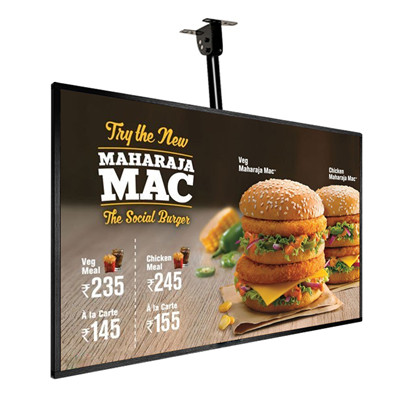Led video walls for education and training
ChatGPT
1 / 2
LED video walls are increasingly being adopted in educational and training settings to enhance the learning experience, facilitate communication, and provide versatile presentation tools. Here are several ways LED video walls are utilized in education and training:
- Interactive Learning: LED video walls can serve as interactive whiteboards or touchscreen displays, allowing educators to engage students through interactive lessons, presentations, and collaborative activities.
- Visual Enhancements: High-resolution LED screens provide vibrant and clear visuals that make it easier for students to understand complex concepts. They can display diagrams, charts, and 3D models, making abstract ideas more tangible.
- Multimedia Presentations: Educators can use LED video walls to deliver multimedia-rich content, including videos, animations, and simulations, to enhance the learning experience and cater to various learning styles.
- Virtual Labs: LED video walls can be used to simulate laboratory environments, where students can conduct experiments, explore scientific concepts, and practice skills in a controlled and immersive setting.
- Remote Learning: In the era of remote and hybrid learning, LED video walls can be used to create virtual classrooms that bring students together from different locations. This technology facilitates real-time video conferencing, screen sharing, and collaborative learning.
- Lecture Capture: LED video walls can be used to record lectures and presentations, making them accessible to students for review and asynchronous learning.
- Training Simulations: In vocational and technical training, LED video walls can support realistic training simulations for various industries, such as aviation, healthcare, and manufacturing. Trainees can practice skills and procedures in a safe and controlled environment.
- Data Visualization: LED video walls are useful for displaying large datasets and complex information, enabling students and researchers to explore and analyze data more effectively.
- Campus Communication: LED video walls placed in common areas on campuses can be used to convey important announcements, event information, and emergency notifications to the entire student body.
- Professional Development: LED video walls in training facilities can provide immersive environments for professionals to learn and practice new skills, such as in medical simulations or corporate training centers.
- Language Learning: Language labs can use LED video walls to display text, audio, and video materials for language acquisition, pronunciation practice, and cultural immersion.
- Flexible Configurations: LED video walls can be configured in various ways to fit the specific needs of the learning environment, whether it’s a classroom, lecture hall, training center, or simulation room.
- Engagement and Gamification: LED video walls can support gamified learning experiences, quizzes, and interactive challenges that motivate students to actively participate in the learning process.
- Accessibility: LED video walls can improve accessibility by allowing instructors to zoom in on content, use larger fonts, and provide visual aids for students with disabilities.
- Collaboration: LED video walls enable collaborative learning experiences where students can work together on projects, brainstorm ideas, and share their work with the class.
Overall, LED video walls have the potential to transform education and training by creating immersive and interactive learning environments that cater to the diverse needs of students and learners in various fields and settings.















